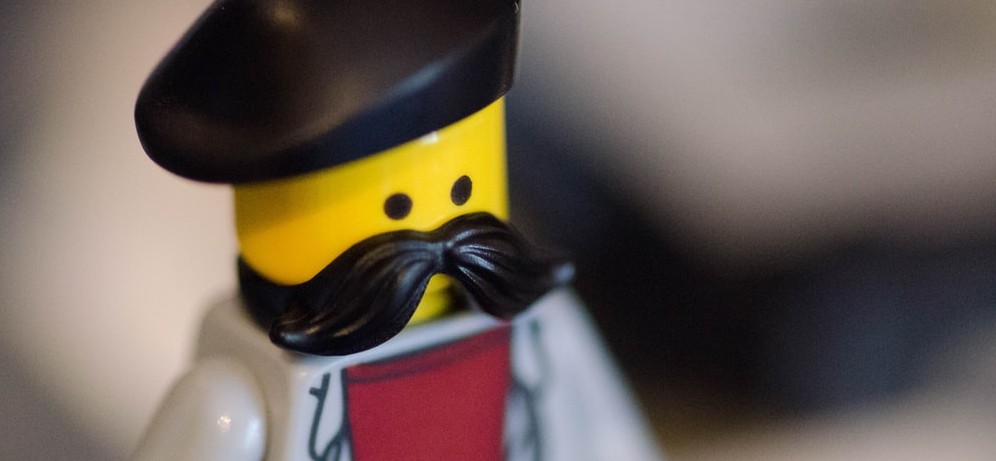For the duration of the month of November, society as we know it is cast back to the early 1900s; where the moustache thrived and was the most popular facial hairstyle for men. The charity, Movember, encourages those who identify as male or as a man to grow a moustache to raise awareness and funds to tackle the existing men’s health crisis for the whole of this month. In light of this, the Mental Health Foundation kickstarted a similar campaign which focuses on men’s mental health throughout November.
There is an apparent variability with regards to facial hair growth, and the question is, why does such diversity exist when it comes to moustaches?
Hormones and genetics are the two main factors that influence one’s ability to cultivate the small strip of facial hair on the upper lip. Known as dihydrotestosterone (DHT), this androgen sex hormone is a bi-product of testosterone that contributes to hair growth in men. Testosterone production is controlled by the hypothalamus and the pituitary gland and approximately 10% of this is converted to DHT by the enzyme 5-alpha-reductase. This process occurs daily within the testes and prostate.
“The more sensitive your hair follicles are to the effects of DHT, the more your moustache will grow”
The sensitivity of an individual’s hair follicles to testosterone is determined by genes. In particular, a marker in the LNX1 gene on chromosome 4 has been uncovered as having a key role in facial hair growth. In simple terms, the more sensitive your hair follicles are to the effects of DHT, the more your moustache will grow.
By the end of November, whether the moustache you’ve mustered is sparse, dense, or somewhere in between, your genetic makeup and testosterone levels are what constitute your ability to grow a mo. Regardless of the appearance of your moustache, supporting the Movember cause is ultimately the most important achievement.
By Kate Hall
Header image: Unsplash

